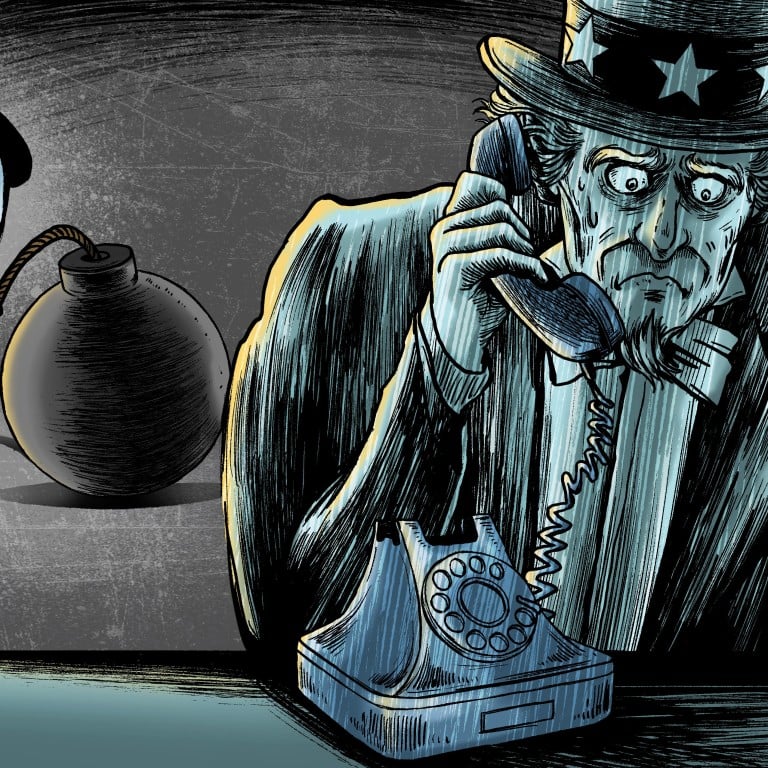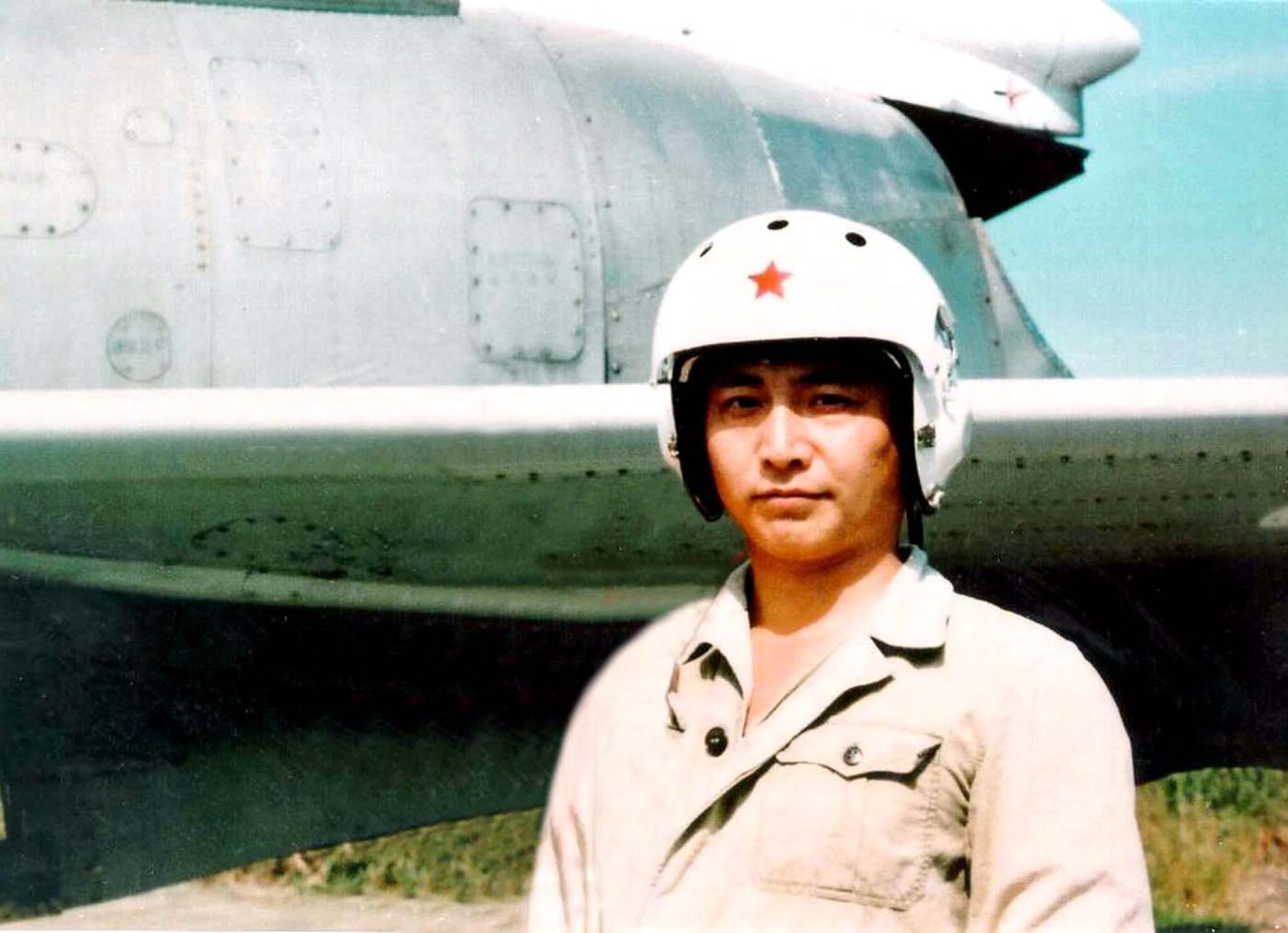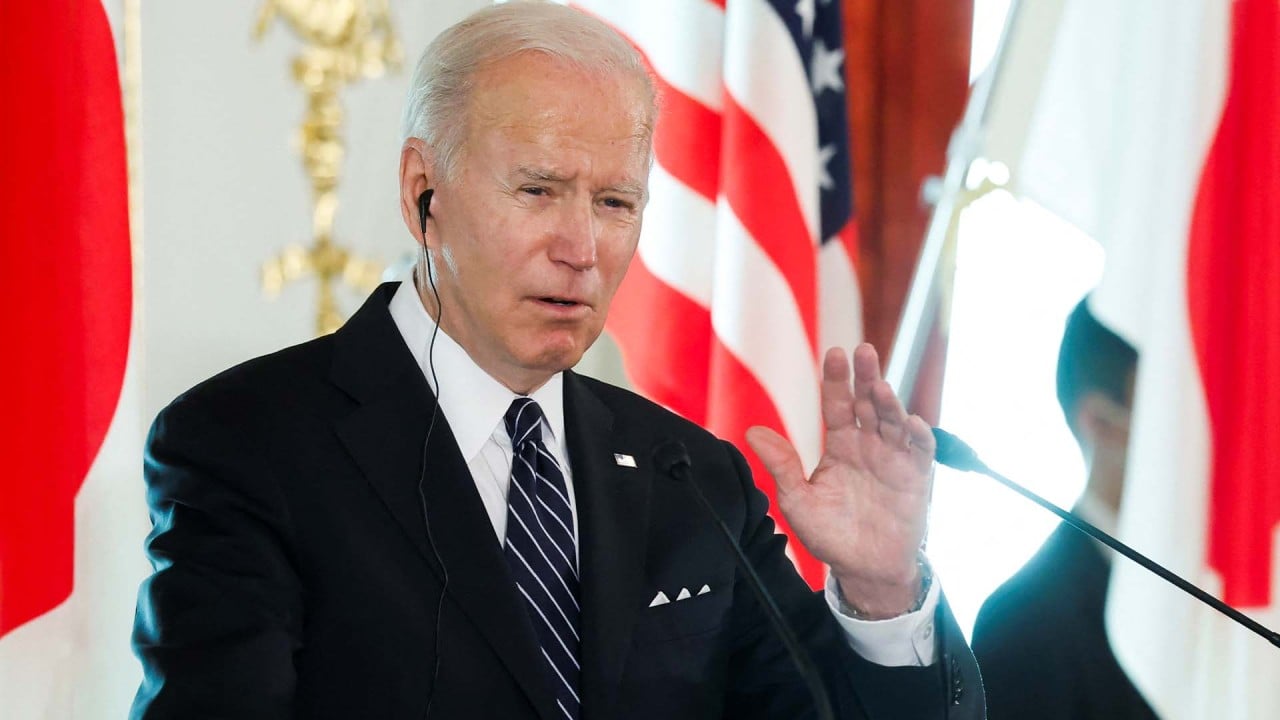
Unanswered phones, missed signals: fear of accidental US-China crisis grows
- Dialogue between Washington and Beijing has all but disappeared, while more ships, planes and submarines are crowding China’s periphery
- ‘The stakes are higher because each side assumes the other has the worst intentions,’ says an American foreign policy expert
“The escalation risk is significantly higher than it was 2001,” said Amanda Hsiao, an analyst with the International Crisis Group and author of Risky Competition: Strengthening US-China Crisis Management, which was released this month. “We saw then a period of political stalemate and tension, about 11 days before a breakthrough emerged. Were something like that to happen today, it would take much more than 11 days to resolve.”
The stakes are also far greater now given the huge economic, political and military strides China has made and the global reverberations that even routine Chinese actions cause.
“The stakes are higher because each side assumes the other has the worst intentions,” said Michael Green, senior vice-president with the Centre for Strategic and International Studies (CSIS).
“It will be extremely hard for both sides to back down,” said Green, the National Security Council’s Asia director during the George W. Bush administration, adding that he expected some sort of crisis within three to five years.
Badly frayed relations mean that existing machinery designed to prevent the two giants from sliding into crisis, or helping them defuse one once under way – including hotlines, maritime guidelines, formal and informal diplomatic channels and military protocols – are increasingly ineffective or non-existent.
Chinese navy launches South China Sea drills as Biden visits Asia
Adding to the disconnect are misaligned incentives. While the US is keen to strengthen safeguards and lines of communication so its military can transit the Taiwan Strait and South China Sea unimpeded, Beijing has an interest in avoiding clarity to discourage US freedom-of-navigation patrols and sow doubt.
And while the US side sees China as a rule-breaker bent on upending the global “rules-based” order, Beijing views the US as a washed-up superpower intent on humiliating China and preventing its rise.
“People are worried about an accident because everyone’s on such a hair trigger,” said Susan Thornton, a senior fellow at Yale Law School and former senior State Department official. “It’s kind of amazing we’ve gone since 2001 without one.”
On rare occasions when crisis management meetings were held in recent years, former US officials said their Chinese interlocutors too often lectured them, as trust has all but disappeared.
Adding to the disconnect, many emerging potential areas of conflict – including nuclear, space and cyber – have few or no governing protocols. When the US tried to convince Beijing to join US-Russian nuclear arms control talks in 2020, posting an image of a Chinese flag and an empty chair, Beijing criticised it as “US performance art”.

In fact, experts said, with both sides disenchanted and dialogue becoming a dirty word, it may take a crisis to better manage crises, as seen when a tense stand-off in 1962 spurred Washington and Moscow to establish their first hotline after realising how close they came to nuclear war.
“It took the Cuban missile crisis that almost destroyed the whole world to get people motivated to talk,” said Green. “Unfortunately, that may be what it takes to get serious discussion going. The reality is that militaries generally are hard to convince to do transparency, and for an authoritarian state, that’s really hard.”
A CSIS report released this month that gamed out several scenarios concluded that, short of war, such a crisis would put both capitals under pressure to further decouple their economies, impose more sanctions and embargoes, and heap pressure on foreign investors.
Impeding any improvement in relations are doubts in Washington that it should even engage with Beijing, a stance driven by a view that China needs to become more like the US.
“There’s a sort of allergy to dialogue,” said Hsiao. “If that is the measure of success, that the Chinese change, that’s unlikely to happen.”
More US missions in South China Sea ‘a factor in F-35C fighter crash’
Beijing, meanwhile, should realise that lecturing, dragging out negotiations without results, and residual US distrust after the failed 2006-2008 Strategic Economic Dialogue process threaten to undercut its national interests and lead to misinterpretation.
Experts are adept at pointing out the many problems, but offering credible solutions that do not sound naive are more difficult.
Many of the tools to prevent things going off the rails are not working, including the 2014 Code for Unplanned Encounters at Sea, an air incident annex negotiated in 2015 and the 1998 Maritime Military Consultative Agreement.
Issues of common interest that might once have built trust, including global health and the environment, have increasingly been politicised, used to score soft-power points with allies or as fodder for recrimination. Beijing’s position: the US needs to cut punitive tariffs and address deep-seated irritants before it will agree on less controversial issues.
The US business community, which used to provide ballast for the relationship, is increasingly disenchanted with Beijing’s tilt toward state-led economics, while even those supporting better relations are reluctant to speak out publicly given Washington’s deep suspicion of China.
“The cold reality is that once a crisis erupts, the economic policymakers get tossed out of the room and the circle of decision makers narrow[s] to those who prosecute war,” CSIS wrote recently in its report “US Business Leaders Not Ready for the Next US-China Crisis”.
On other fronts, quasi-official, so-called track-two, discussions that once allowed signalling and informal communication have significantly diminished, partly because of Covid-19 but also the result of tighter visa policies, rising nationalism and the atmosphere of distrust.
For China and the US, a narrow road through deep divisions
Contact between the PLA and the Pentagon has been on a steady decline. The high-level Security and Diplomatic Dialogue, established in 2017 by president Donald Trump’s administration before relations deteriorated, was abandoned in 2019.
Last year, US Defence Secretary Lloyd Austin tried and failed three times to organise military talks with General Xu Qiliang, vice-chairman of China’s Central Military Commission. Chinese state-run media accused Austin of ignoring diplomatic protocol by failing to request a meeting with his civilian counterpart, Defence Minister Wei Fenghe.
So-called mil-to-mil contact dropped to 11 meetings in 2019 from over 40 at their peak in 2013, according to the Carnegie Endowment for International Peace. And no leader-level defence talks were held at all between August 2020 and April 2022.

Liu Pengyu, spokesman for the Chinese embassy in Washington, said the two countries had “smooth communication channels” but added that the US military’s activity in the Pacific was a threat to regional peace and stability.
Thornton, who was based in China in 2001, said that behind something as seemingly simple as a hotline were stark structural differences.
China’s Communist Party-led system, especially under President Xi Jinping, seeks to speak with one, centralised, authoritative voice that is not corrected. After a major mishap, days or weeks are needed to investigate, game the political odds and reach a consensus.
How a mid-air collision in 2001 spurred China’s military modernisation
Some lower-level military official answering the phone could potentially limit party leeway, while even communication at the very highest level carries risks. The US media could spin the incident. And the call could be view by nationalists as America bullying the Chinese. “It would be very difficult for Xi Jinping to take a call from a US president after some accident like this happened and someone died,” said Thornton.
The US system, by contrast, is decentralised, noisy, leaky and has no problem spouting uninformed views in keeping with a raucous democracy. Sailors or pilots post photos almost immediately, and the Pentagon often issues shifting statements as information becomes available.
Experts fear that damage from any future flash point could be far greater than the months-long impact of the EP-3 crisis, when the two countries were relatively friendly with China having just joined the World Trade Organization.
“Now the problem is social media, you have 500 other crises going on, people have to have an immediate explanation for what’s happened,” Thornton said. “You want to blame somebody else because politics are so bad, so it would be much harder to de-escalate – and much more likely to escalate into some kind of conflict.”



